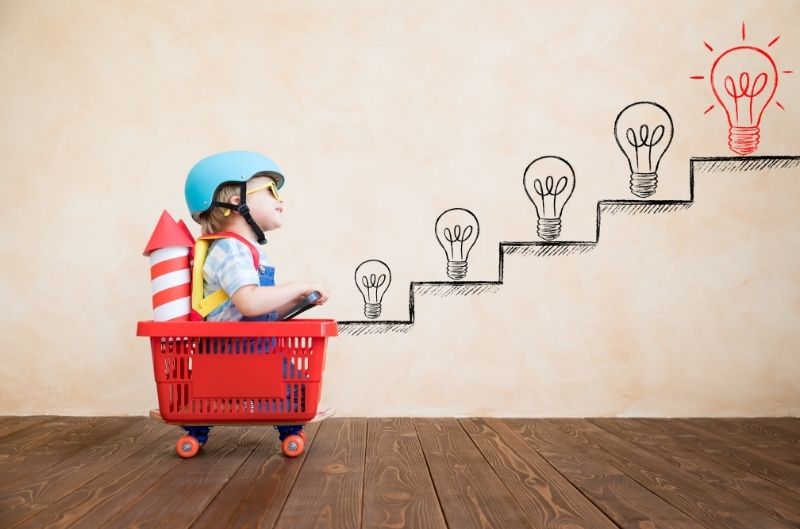
6 Levels Of Childhood Play-Their Role In Development
Author: Austin Stanfel
Do you think playtime for kids is like beating a dead horse? If you believe this, you are mistaken; studies reveal that plays are destined to enhance your child’s development. Any structured or unstructured activity that chills out your kid is considered a play.
Plays help your kid in exploring and discovering new things. Children develop life skills like problem-solving, creativity, and willingness to take risks when interacting with others. You must be surprised to find out activities lend a hand in your kid’s development.
Now you know the importance of playtime, it’s time to look into whether your child’s play is regular for his age or not?
6 Stages Of Play
The analysis of kids’ games stems from a long time. Many prestigious personalities such as Sigmund Fried, Jean Piaget, and Lev Vygotsky formulated numerous theories while observing the aftermaths of play.
Mildred Parten was one of the early investigators who covered her name with pride by interpreting the model of childhood play. In that model, she discussed six stages of play.
1. Unoccupied Play
Researchers use the word “scattered” to characterize this stage because infants or newborns are included in this phase.
In the unoccupied play, kids explore their surroundings with the help of their arms, legs, hands, etc., without any organization. They learn how to move their bodies and master self-control.
2. Solitary Play
At this stage, the child plays independently without any social involvement. The children don’t take an interest in entertaining and acknowledging other children. So don’t stress yourself if your kid is playing alone at this phase. It’s pretty standard.
When children reach this stage, they master new skills, improve their motor and cognitive skills and prepare themselves for upcoming social activities.
3. Onlooker Play
The child starts watching other kids playing during this stage but doesn’t unite with them. Don’t be scared when you feel your child doesn’t hang out with others, or he might feel lonely.
Just as you watch people at a cafe, children watch other youngsters and learn a lot by eyeing others. They explore new strategies to use equipment and play.
4. Parallel Play
When a child plays with others but doesn’t interact, it is parallel play. At this stage, kids don’t know how to connect with others but master ways to engage jointly.
5. Associate Play
During this stage, the children experience a shift. The kid starts focusing on a common goal and socializing with one another. The child learns how to make friends at this stage.
6. Cooperative Play
Cooperative play is what four years old kids do. This stage is the mix-up of all previously learned steps. They all come into play at this phase. It’s time when kids start sharing toys, adopt group goals and move toward organized play.
Final Thoughts
Play begins when we’re infants but doesn’t stop working out. Adolescence play is precious for your juvenile’s advancement and development. So, start incorporating playtime in your kid’s routine.
You will foresee these aptitudes in your child’s play but always remember every kid is unique. Youngsters show a lot of shifts when they develop.
Read More:WHY IS PLAYTIME IMPORTANT FOR GROWN UPS

